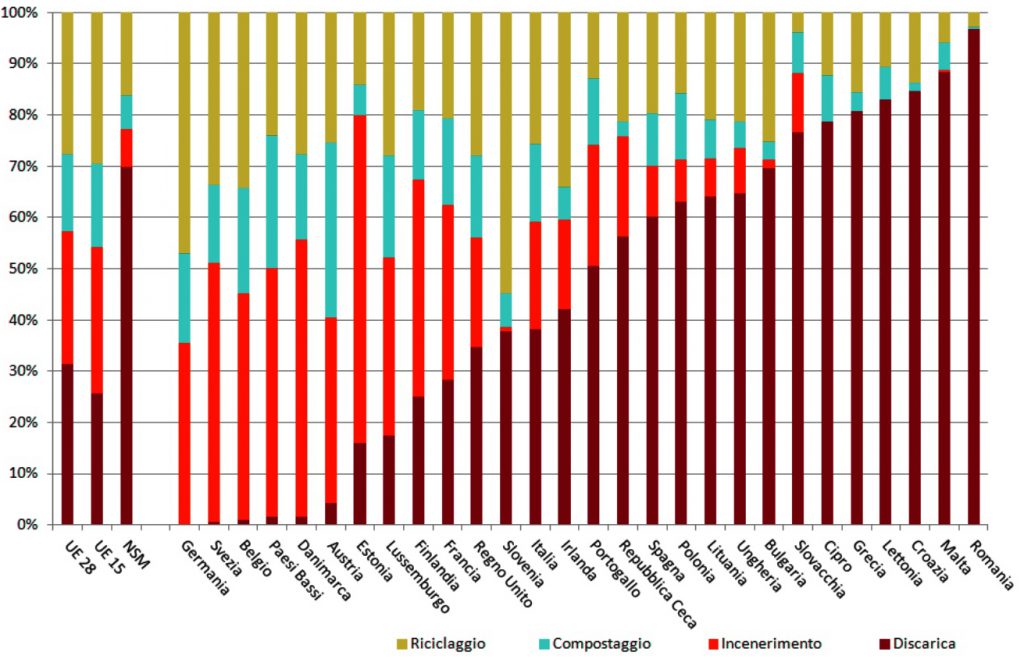Reject the hoaxes
FAKE
Material recovery and energy recovery are incompatible
Incineration and material recovery are not antithetical processes, but complementary: It is possible to send wastes from recycling processes, which are not reusable otherwise, to heat recovery, and to recover materials (iron, aluminium, other metals and minerals) from waste from incinerators.
The countries that achieve the highest rates of material recovery are those that also have the highest percentages of waste sent to waste-to-energy and the lowest quantities of material disposed of in landfills.

Ripartizione percentuale della gestione dei rifiuti urbani nell’UE, anno 2013. Rapporto ISPRA 2015
Compost can be used as a fertiliser
Compost has lower nutrient concentrations than traditional fertilizers, which is why it cannot be classified as such. Instead, it is correct to consider compost as a soil improver: its use on the soil allows it to preserve its fertility, improve its workability, water and nutrient retention.
FAKE
FAKE
The use of waste-to-energy allows the complete dismission of landfills
The use of waste-to-energy plants does not completely eliminate the need for landfills, as waste is also generated by the incineration process. However, in addition to allowing energy recovery, waste-to-energy plants are involved both on the volumes, reduced by 90 %, and on the characteristics of the waste to be sent at landfill.
Once the metals and other valuable materials have been extracted, what remains to be disposed of in the landfill is the non-recoverable fraction of bottom ash and fumes purification residues. These are inert materials which do not generate leachate or biogas.
